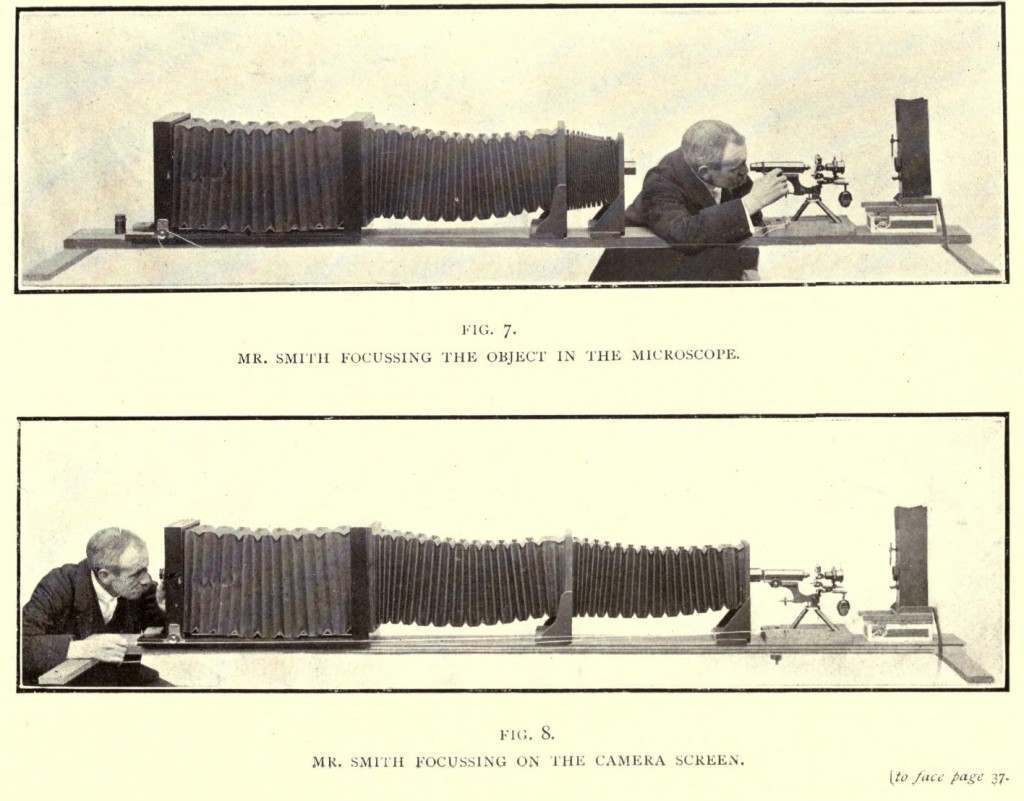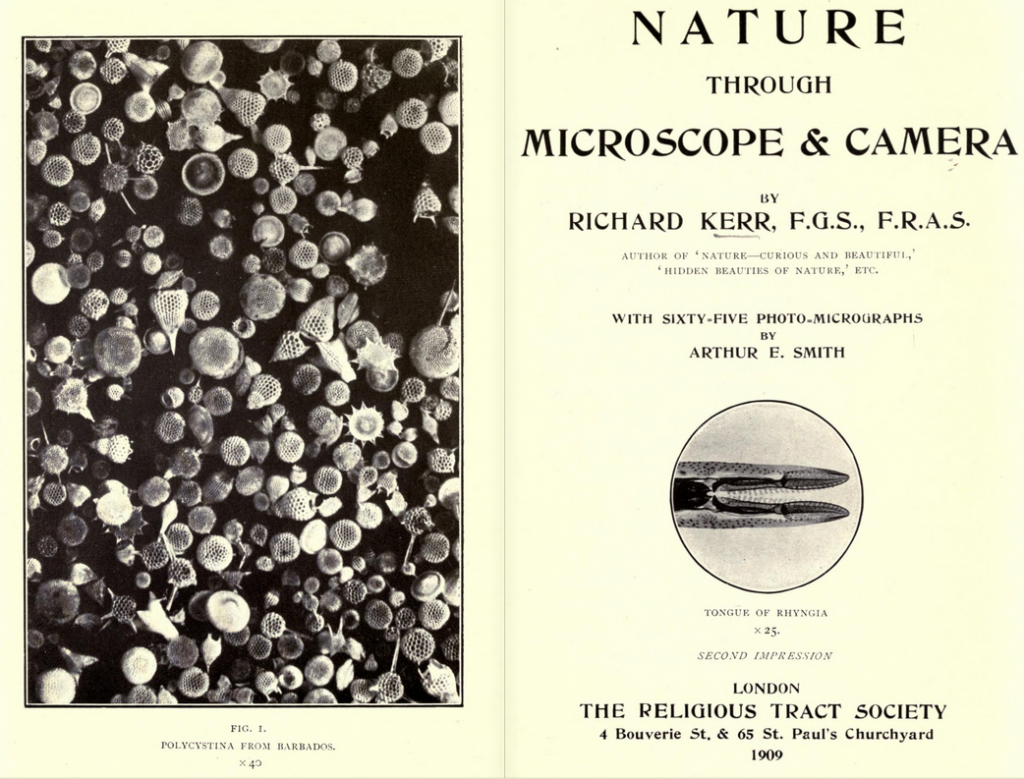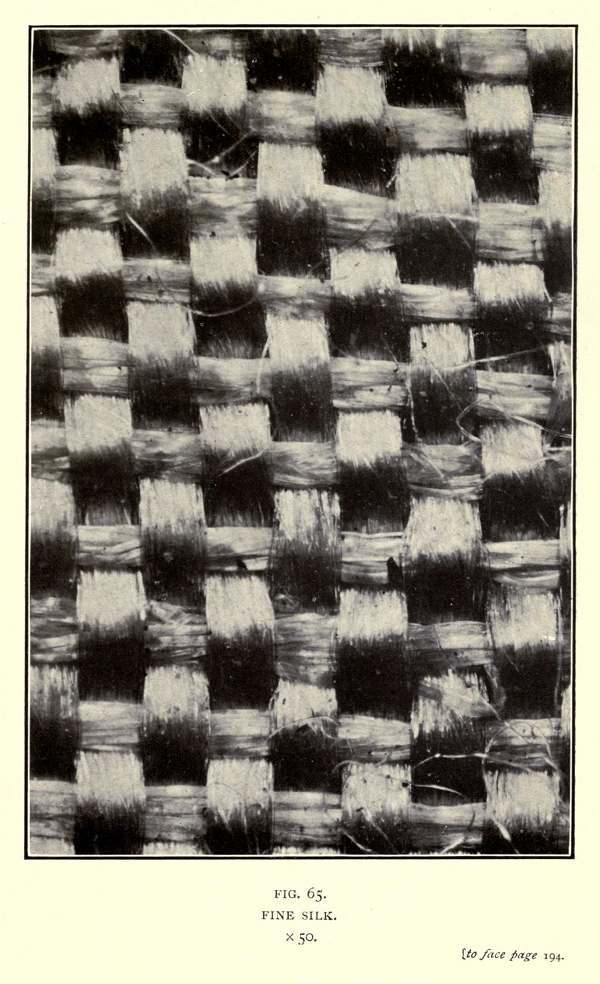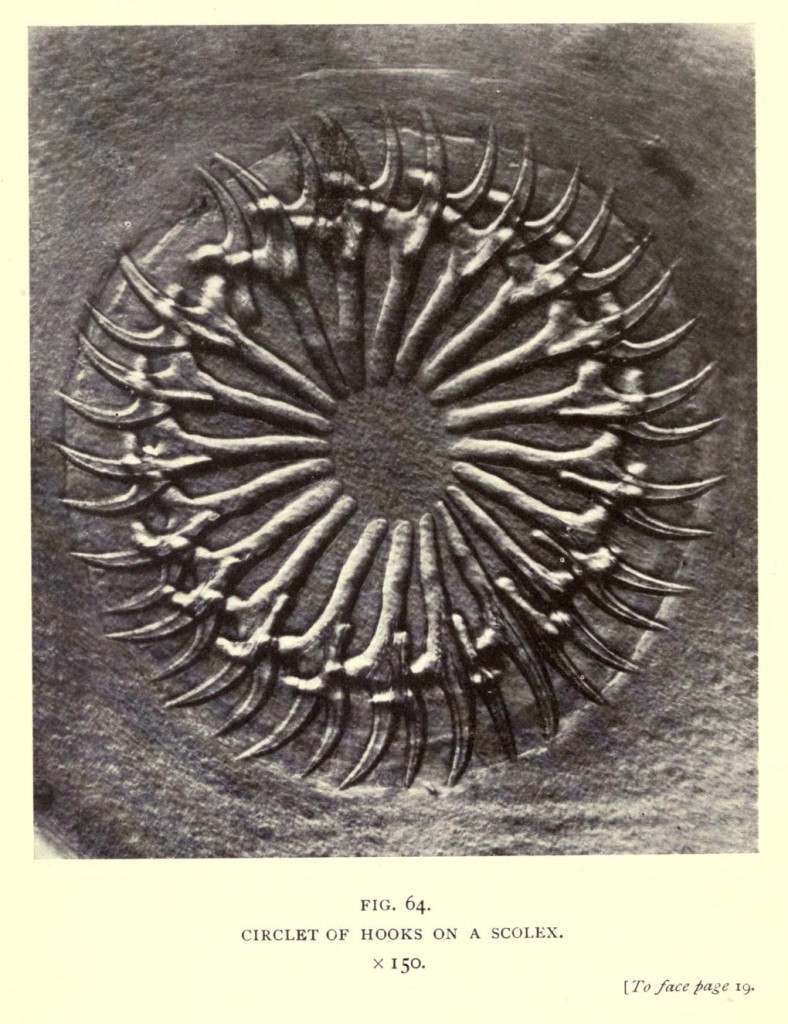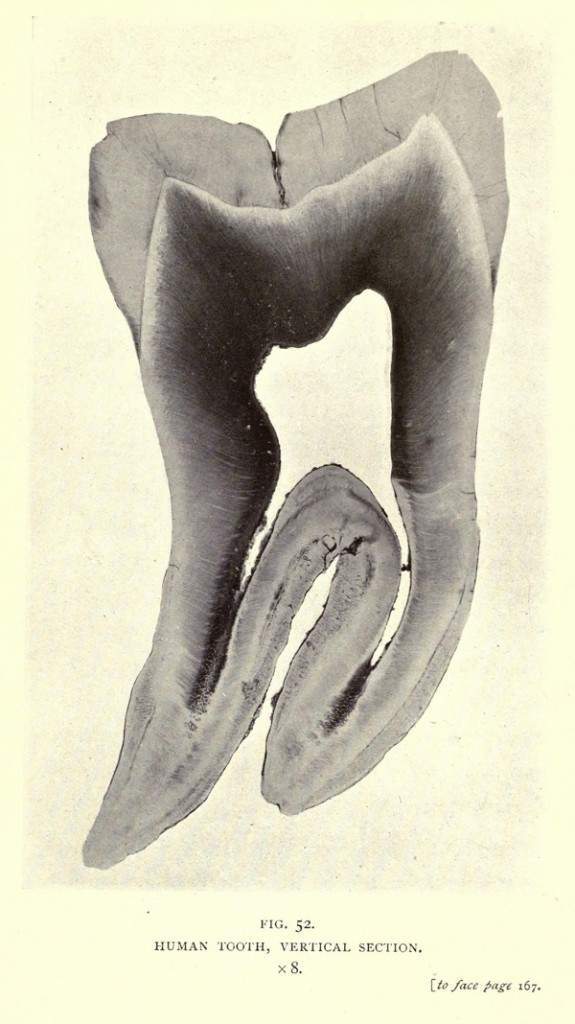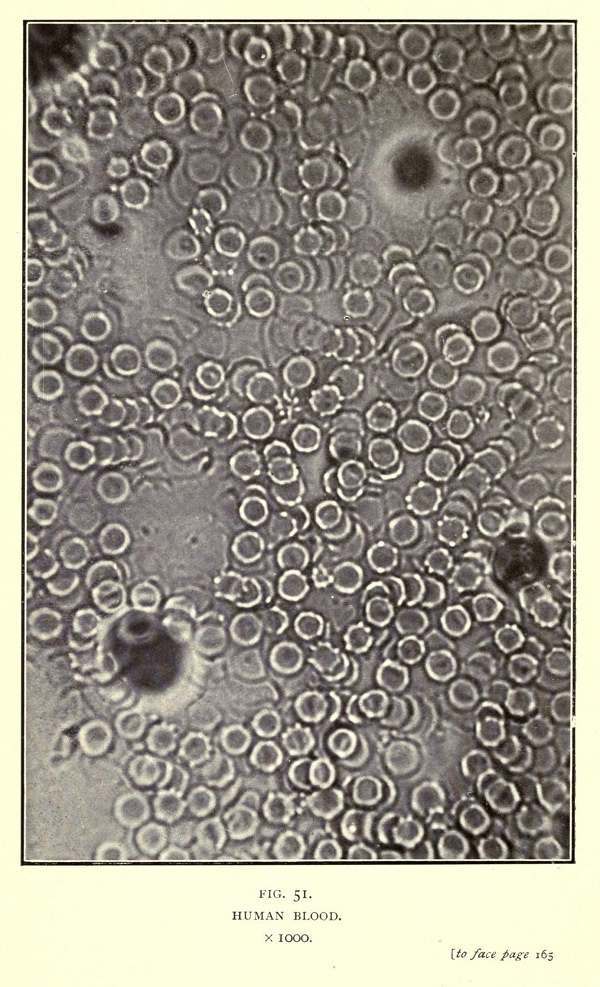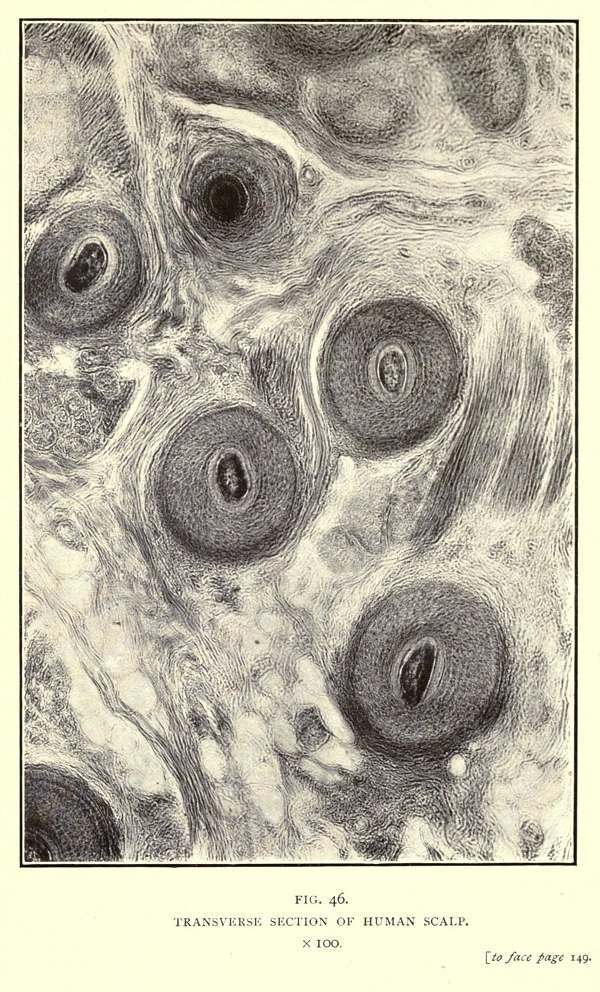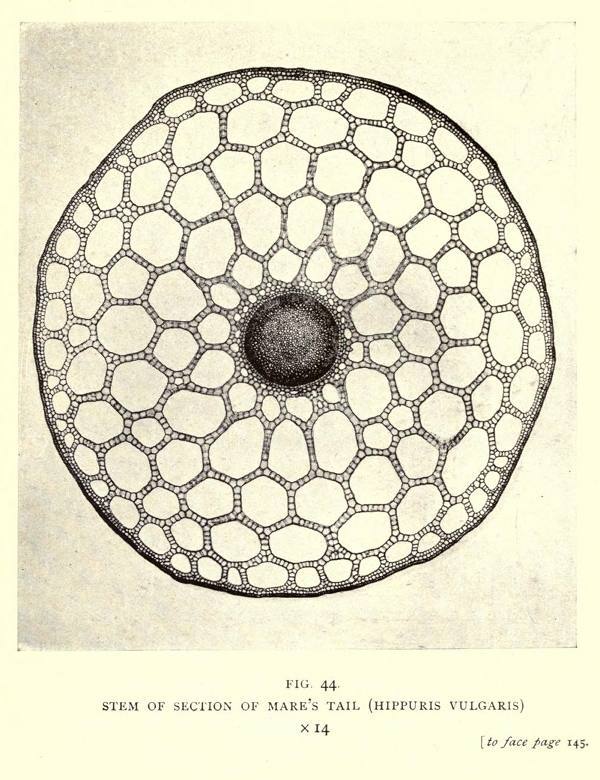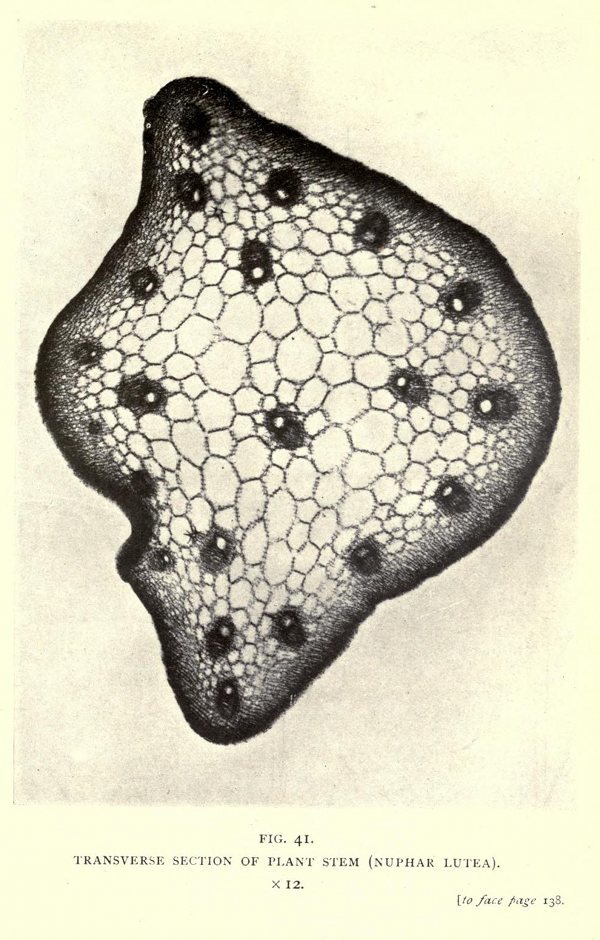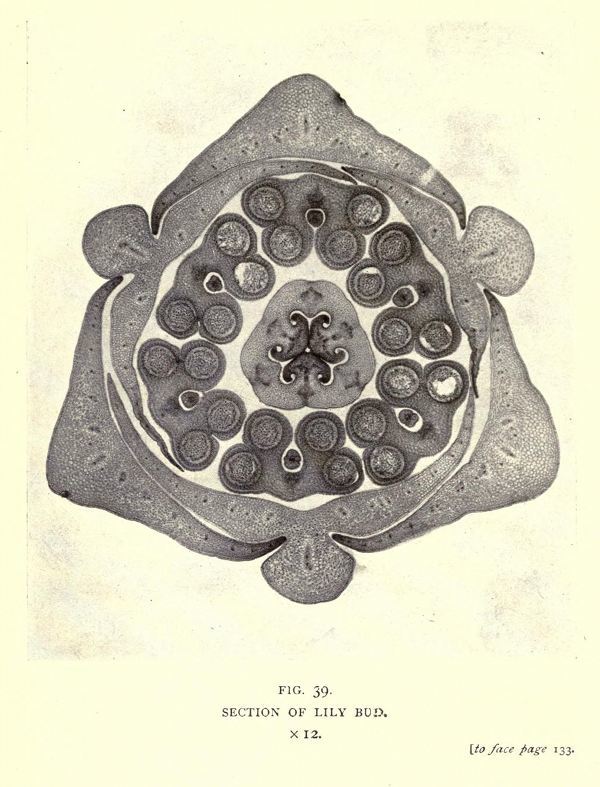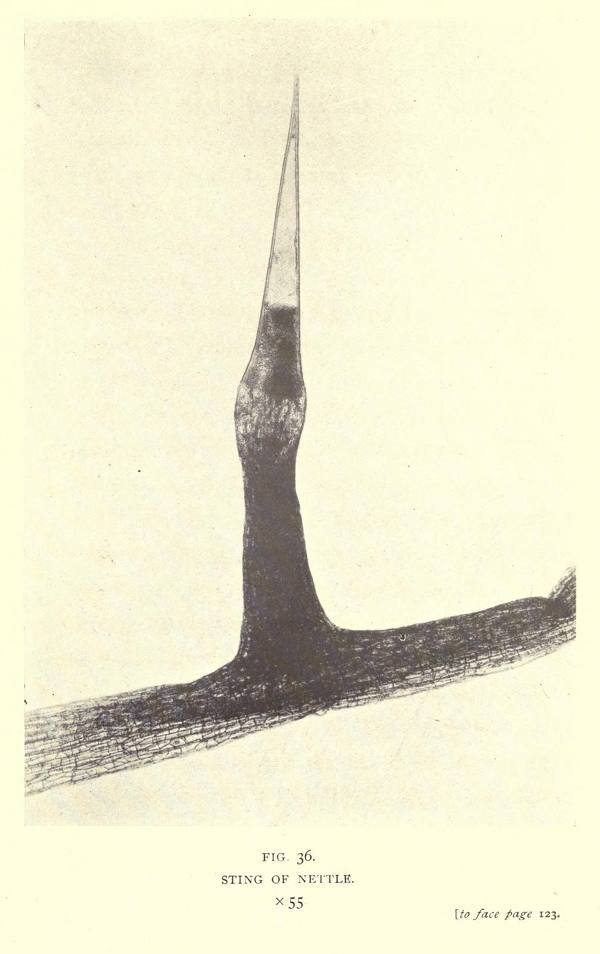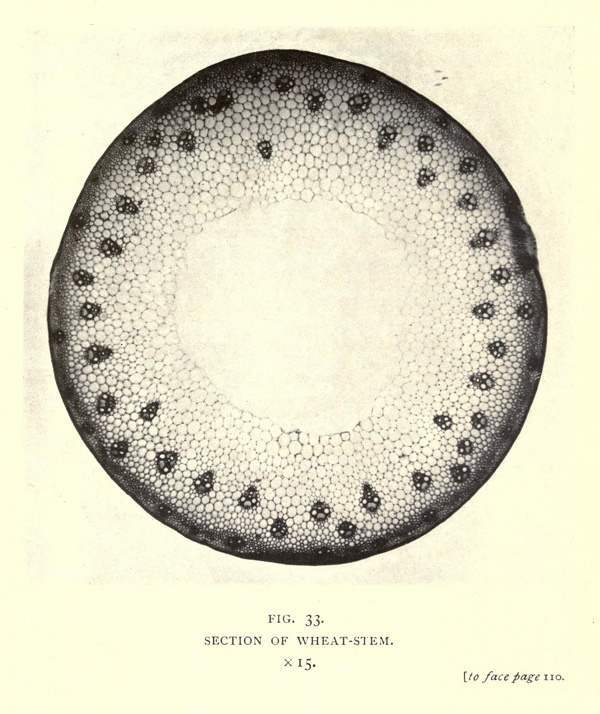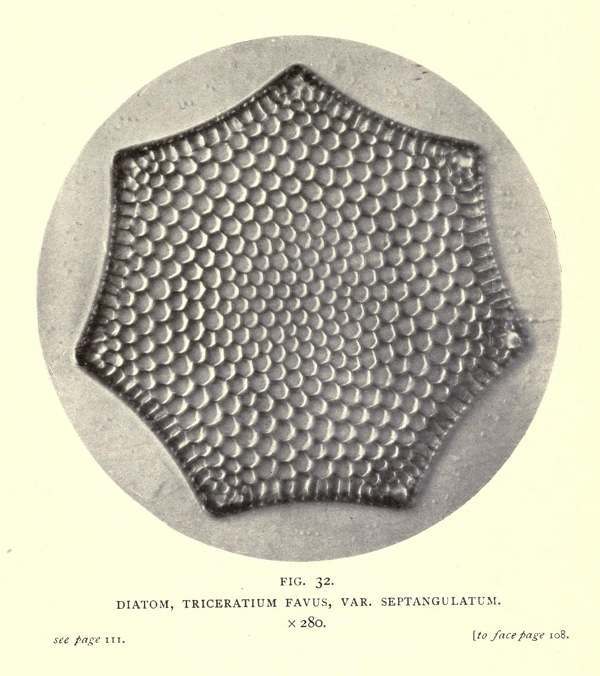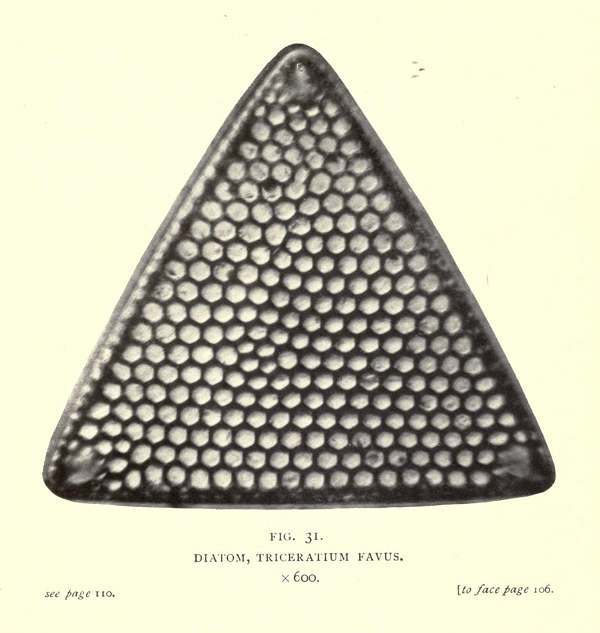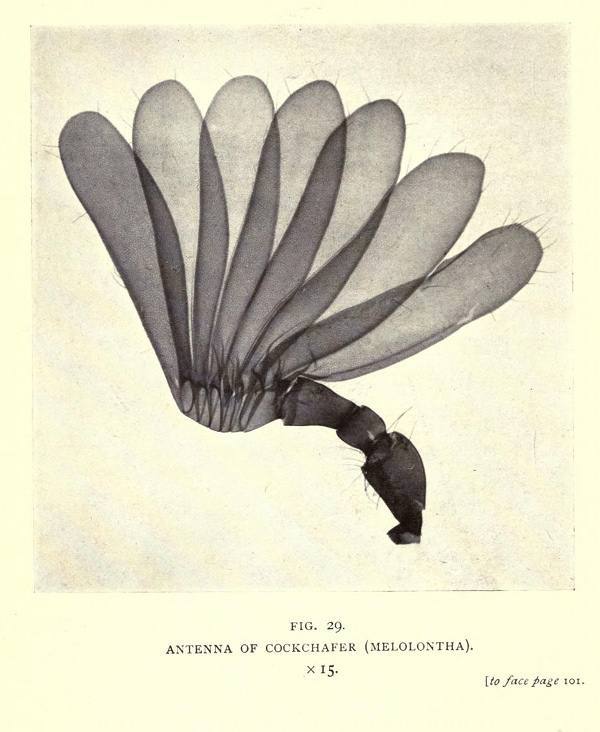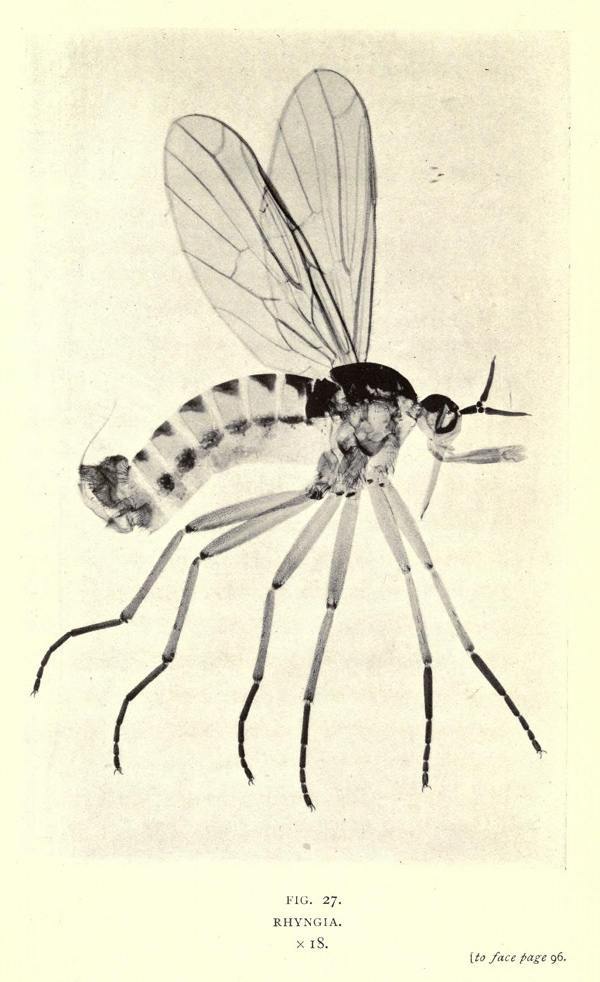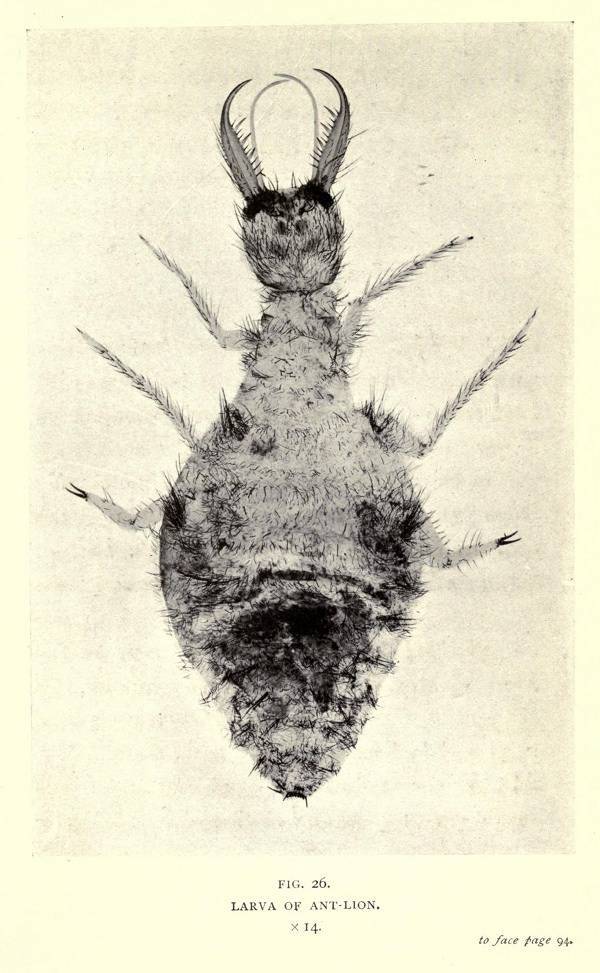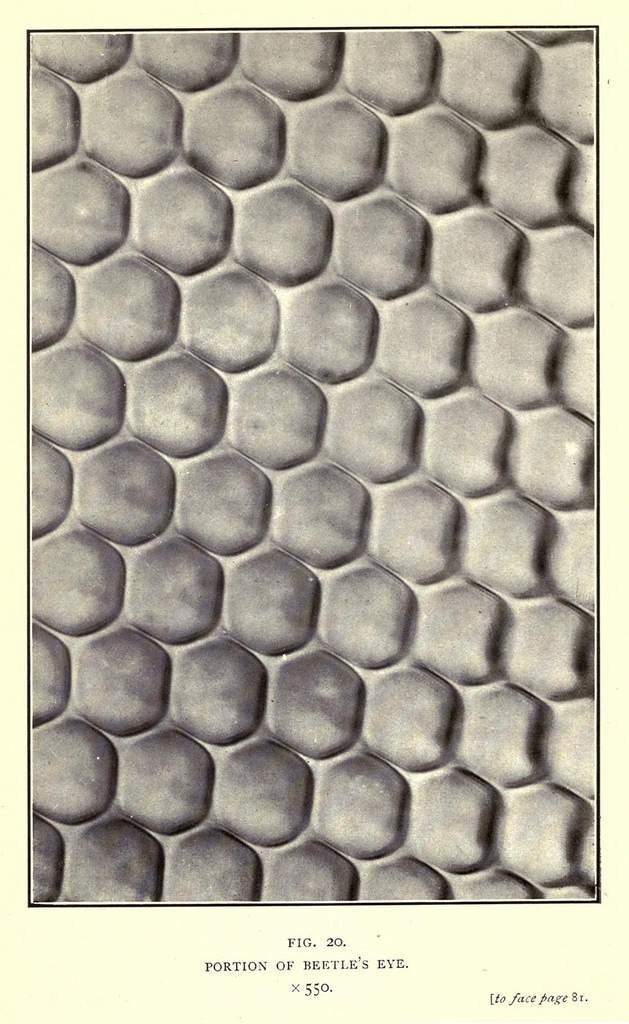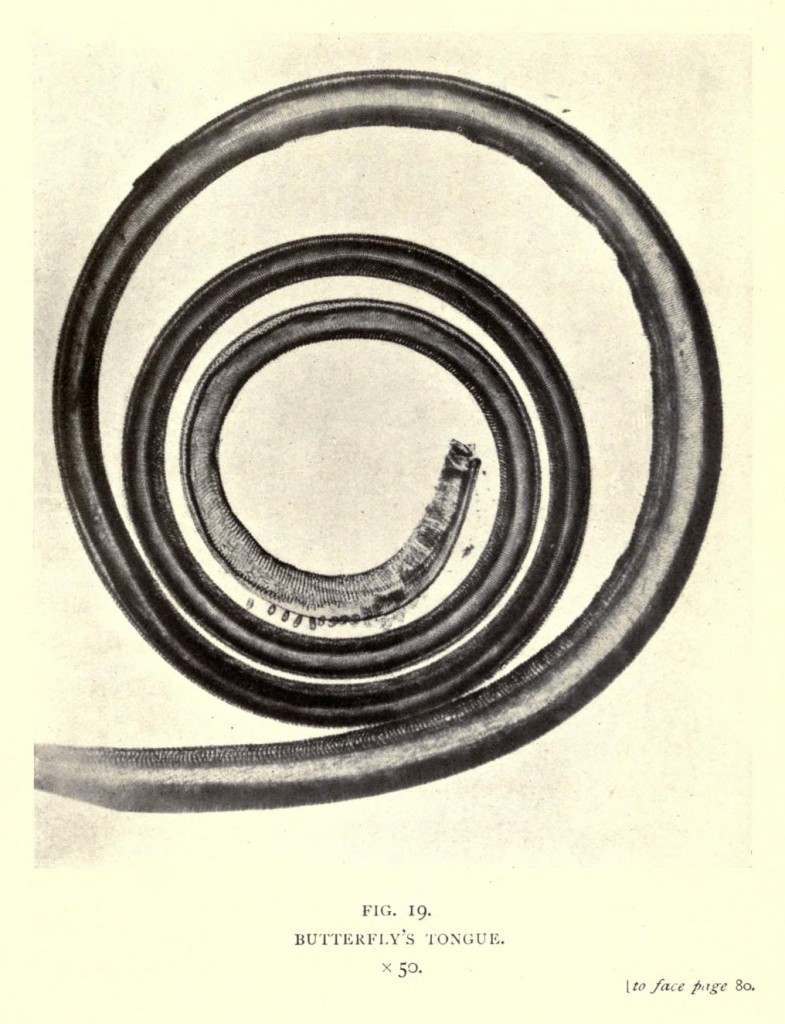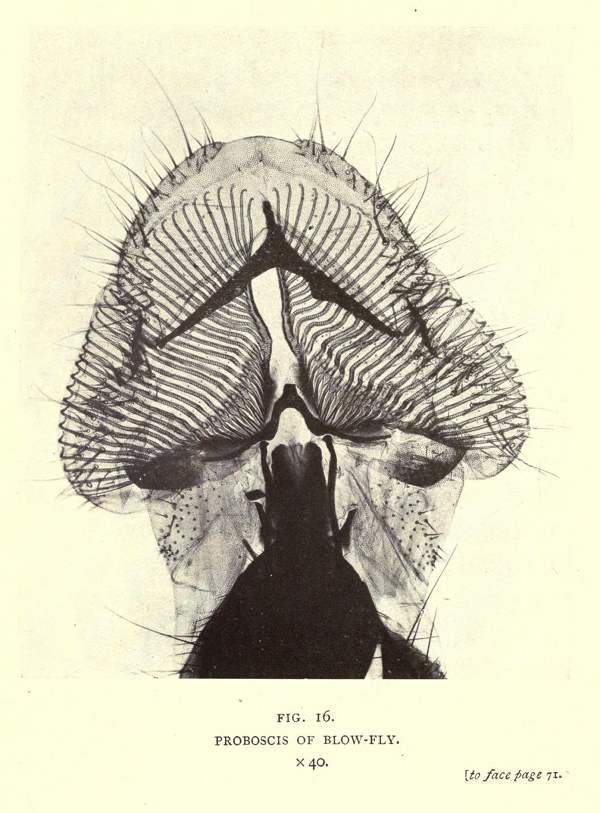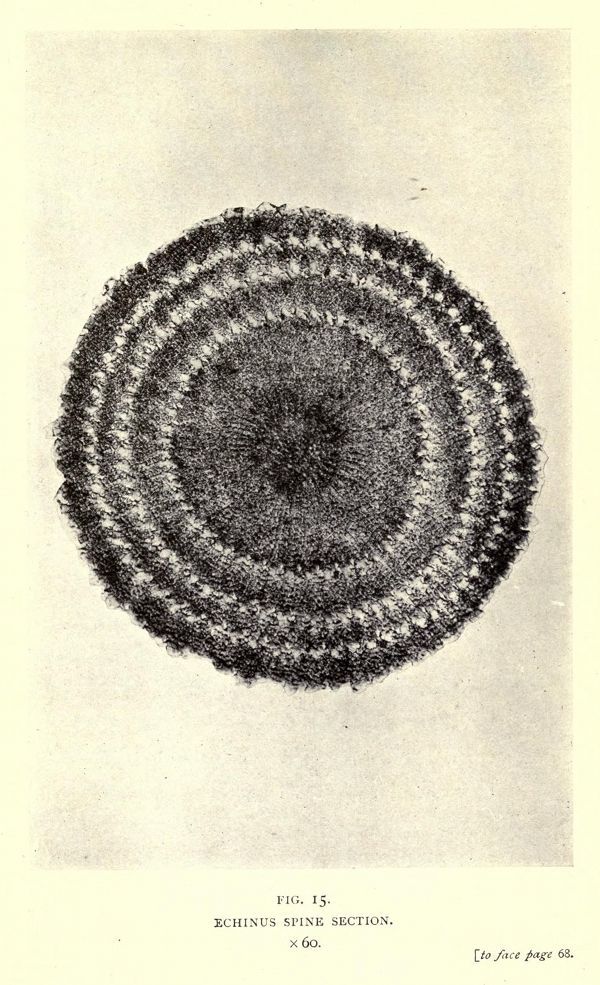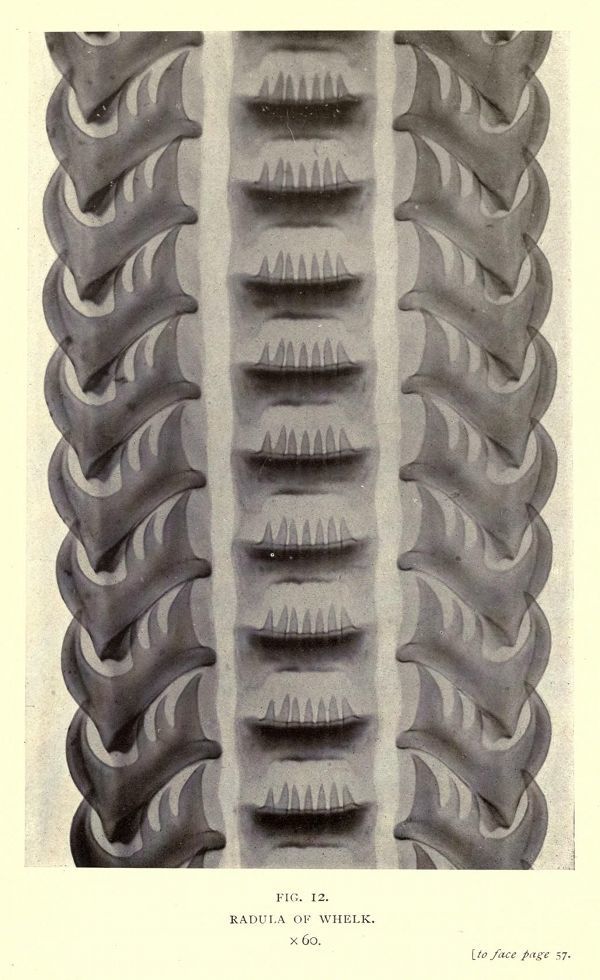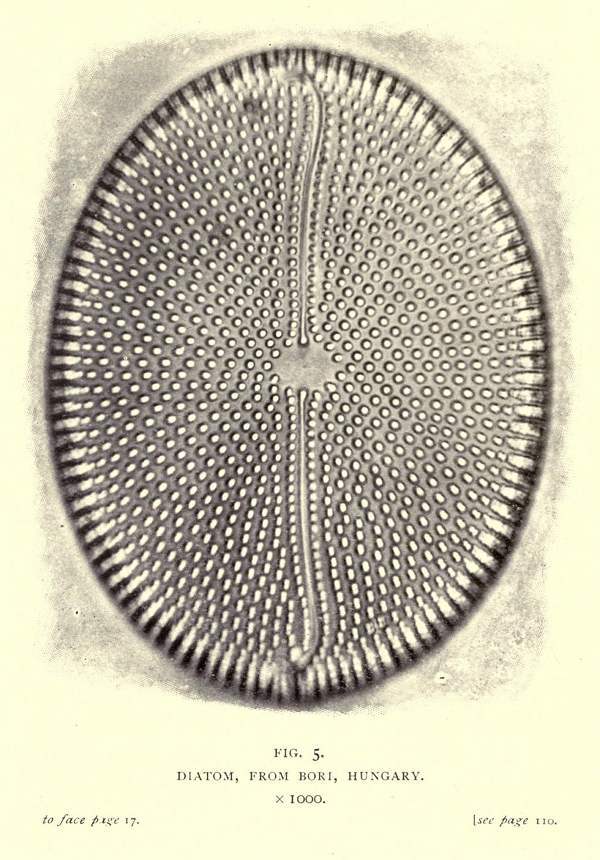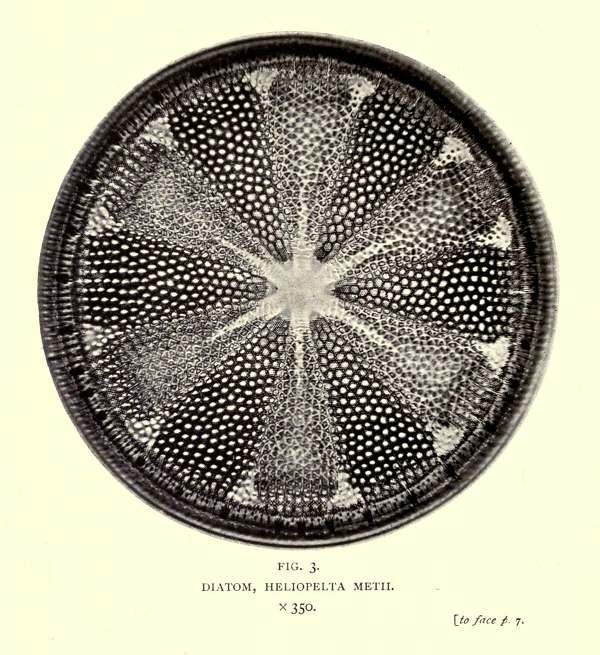Arthur E Smith’s photo-micrographs featured in Richard Kerr’s 1909 publication Nature through Microscope & Camera. The photographs were produced by a taking the pictures through the lens of a microscope.
Kerr writes in the Introduction:
Those who have once attempted to catch a glimpse of the wonderful secret that Nature will unveil to the earnest and discreet searcher can never again look upon things as common or of little importance because they do not display to the eye of the superficial observer the beauties that lie hidden under an unattractive appearance or are shrouded in size so minute that the ordinary eye is incapable of discerning their exquisite plan and detail.
There was God in the machine.
There are too many places of amusement in our cities, too many trashy and pernicious novels in our free libraries … We do not suggest photography through the microscope as the remedy for existing defects, but we think that the more our young men take up intellectual pastimes the better it will be for the nation. This is one of those pastimes. It is not a selfish one. One enthusiast is a centre of usefulness to others, for he cannot keep to himself the enjoyment he receives from the study of Nature’s beauties and wonders.
The book was published by the Religious Tract Society.
The Religious Tract Society, founded 1799, 56 Paternoster Row and 65 St. Paul’s Chuchyard and 164 Piccadilly, was the original name of a major British publisher of Christian literature intended initially for evangelism, and including literature aimed at children, women, and the poor. The RTS is also notable for being the publisher of the Boys’ Own Paper and Girl’s Own Paper.
CurioSmith notes:
The Rev. George Burder (1752-1832) had started printing tracts on his own, but his bookseller went out of business. He went to London to investigate, but also attended the London Missionary Society’s Anniversary Meeting in 1799. After the sermon by Rowland Hill, he called for a meeting of a few individuals. The meetings was held at St. Paul’s Coffee House over a period two days and The Religious Tract Society was born.
Rev. George Burder saw the need of a tract publishing society that focused on the home country of England as a mission field. For many years it was a small scale, non-denominational society run by volunteers. The society grew and took on paid staff, book publishing and new buildings. The expansion continued to periodicals and to any publication with general Christian principals. Operations peaked in the 1880’s and then fell off. In 1932, it was called Lutterworth Press after the Village of John Wyclifff’s rectory.
Principals of the RTS at the founding time:
1. ‘The Tract should contain pure truth, flowing from the fountain of the New Testament, uncontaminated with error, undisturbed with human systems; clear as crystal, like the river of life.’
2. ‘There should be some account of the way of a sinner’s salvation in every Tract; so that, if a person were to see but one, and never had an opportunity of seeing another book, he might plainly perceive that, in order to his salvation, he must be born again of the Spirit, and justified by faith in the obedience unto death. A Tract without this is very defective indeed.’
3. ‘It should be plain; according to the rhetorician’s rule, “that the meaning shall be not only so plain that it may be understood, but so plain that it cannot possibly be misunderstood.” ‘
4. ‘It should be striking; should have strong, pithy expressions, lively representations of truth, and pathetic addresses.’
5. ‘It should be entertaining. A plain, didactic essay on a religious subject may be read by a Christian with much pleasure; but the persons for whom these Tracts are chiefly designed will fall asleep over it. This will not do; it is throwing money and labour away. Narrative, dialogue, and other methods which ingenuity will suggest must be employed to give an agreeable relish to truth, and to season it so as to whet the appetite of the reader.’
6. ‘It should be full of ideas. In the Tract, truth should be compressed. The motto of every Tract should be multum in parvo; and if the foregoing qualities be attended to, there is no danger of compressing too much. Sermons may indeed be diffuse, having to be heard only once, but the printed Tract may be read again and again until fully comprehended.’
7. ‘Finally, Tracts should be adapted to various situations and conditions: for the young and for the aged, for the children of prosperity and of affliction, for careless and for awakened sinners, and for entering into the reasonings, excuses, temptations, and duties of each, and pointing out to them the way of the Lord.’
So, then, to the photographs of the divine in the minute.
Spotter: Internet Archive, California Digital Library
Would you like to support Flashbak?
Please consider making a donation to our site. We don't want to rely on ads to bring you the best of visual culture. You can also support us by signing up to our Mailing List. And you can also follow us on Facebook, Instagram and Twitter. For great art and culture delivered to your door, visit our shop.
